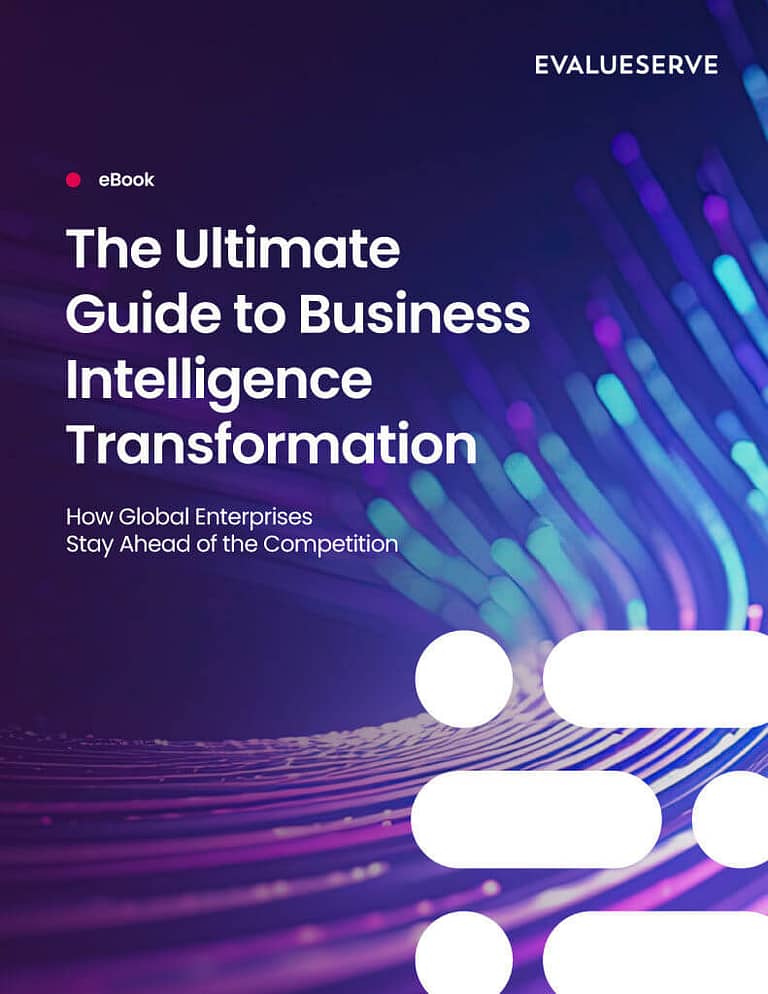In a recent blog post, we explained how business decision-making has changed and why your business must make data-informed decisions. Now, it’s time to determine what type of analytics will best fuel your company’s decision-making.
Here are 5 types of analytics. From least to most advanced, they are:
1. Descriptive Analytics
- Answers the question, “What happened?”
- This is the best place for organizations to start their analytics journeys. Think of descriptive analytics as a foundation for your analytics projects moving forward. Descriptive analytics seeks to understand the past, identifying patterns in historical data.
- Techniques used: data collection, data preparation and harmonization, and data visualization.
2. Diagnostic Analytics
- Answers the question, “Why did that happen?”
- Diagnostic analytics takes it a step further from descriptive analytics, answering the question “Why?” concerning patterns in historical data that descriptive analytics identifies.
- Techniques used: data drilling, data mining, and correlation analyses.
3. Predictive Analytics
- Answers the question, “What is likely to happen in the future?”
- A type of advanced analytics, predictive analytics aims to predict how probable future outcomes are based on historical data. Understanding what’s likely to happen in the future is a huge advantage for companies looking to make strategic decisions, as they can better prepare for what’s coming their way and make business decisions with those likelihoods in mind.
- Techniques involved: regression analysis, decision trees, neural networks, and forecasting.
4. Prescriptive Analytics
- Answers the question, “What is the best action to take next?”
- Prescriptive analytics uses the findings of predictive analytics and takes it a step further, making suggestions for what a business should do next to capitalize on the predictions from predictive analytics.
- Techniques used: game theory, simulation, mathematical optimization, decision analysis, and recommendation engines.
5. Streaming Analytics
- Answers the question, “What is happening right now?
- Streaming analytics process and analyze data as it is generated and transmitted, resulting in the most up-to-date data analysis. Streaming analytics is a powerful tool in today’s constantly changing world, and it is especially useful to organizations dealing with urgent, unprecedented, or emergency situations.
- Techniques used: data streaming, real-time analytics computations.
Which Type of Analytics Is Right for You?
When deciding which type of these 5 types of analytics your business should implement, there are several things to consider:
- What are your goals for your analytics program?
- Your goals may vary depending on the length of time at hand. For example, maybe in the next year, you just want to get an idea of what factors have impacted your business historically, but, in the next three years, you want to be predicting what will happen in your market and the world and making strategic decisions based on that.
- What data is available for your organization?
- Some types of analytics, such as predictive and prescriptive analytics, require far more data than others, like descriptive analytics.
- Do you have the necessary skills and resources to implement the type of analytics you’re interested in? If not, do you have the budget to bring those people on board internally or with an external provider, such as Evalueserve?
- The more advanced the type of analytics you want to implement, the more resources and skilled professionals your project will require.
- What is your budget?
- More basic types of analytics are more cost-effective and require less technological investment.
Keep in mind that many businesses that ultimately want to implement the more advanced types of analytics (predictive, prescriptive, streaming) start with descriptive analytics and work their way up. This allows organizations to build a strong data foundation and gradually scale their analytics capabilities and teams. If you’re already working in the analytics space – great! That gives you a leg up. Once you’ve ensured your data foundation is strong, you’re in a good spot to continue advancing up the analytics maturity ladder.
If you’re just embarking on your analytics-based decision-making journey, even a simple descriptive analytics program will make a difference, and you will be more empowered to make strategic decisions than you were before. As you move into more advanced analytics projects, you will continue to gain a deeper understanding of your business and sector, which is always helpful in decision-making.

eBook
The Ultimate Guide to Business Intelligence Transformation
How Global Enterprises stay ahead of the competition


